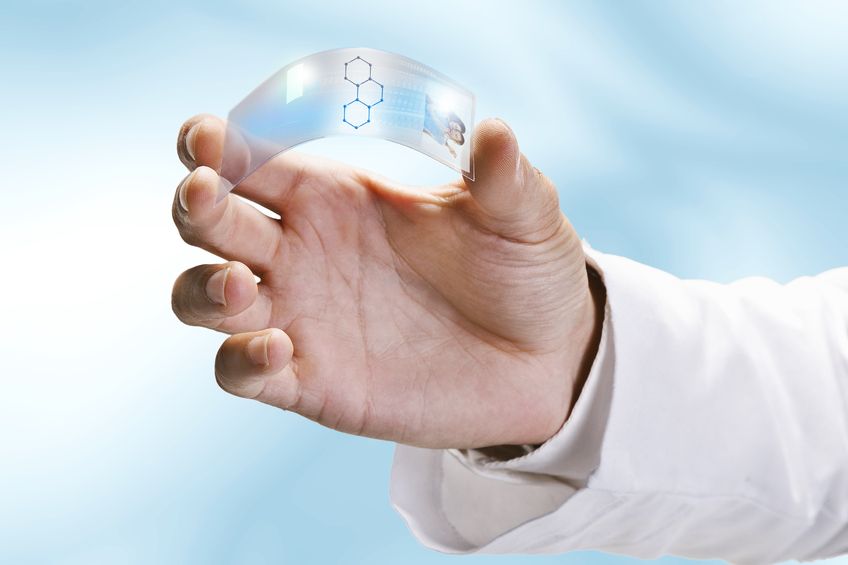
Graphene is a film with the thickness that can be as small as a single carbon atom. (image: Kobizmedia/Korea Bizwire)
SEOUL, Aug. 12 (Korea Bizwire) — A Korean research team has succeeded in developing a technology to directly transfer graphene from copper foil to various substrates such as PET(Polyethylene terephthalate), PDMS (a silicon-based organic polymer), and glass.
As the technology can transfer graphene to a wide variety of substrates that can be reused over again, it is expected to save time and cost, with huge potential for commercialization. The latest research project was funded by the Ministry of Science, ICT and Future Planning under the title of the Global Frontier Program.
The research team was headed by Prof. Han Chang-soo (Korea University), with research staff from the Korea Advanced Institute of Science and Technology and Korea Institute of Machinery & Materials. The research results were reported on the recent issue (Early View dated on July 17) of the Advanced Materials. The title of the journal article was “Ultraconformal Contact Transfer of Monolayer Graphene on Metal to Various Substrates.”
Graphene is a film with the thickness that can be as small as a single carbon atom. Lately, it is gaining attention from the scientific community as a novel material that can be applicable to curved display panels and wearable devices.
Under conventional methodology, high-quality graphene must be synthesized using a chemical vapor deposition (CVD) method. It has to be then transferred onto a desired substrate in order to produce a graphene-based product, which is time consuming and subject to impurities and damage.
The Korean research team came up with a new method that starts with the graphene on a metallic plate heated under an electric field and mechanical pressure. Then the graphene is attached to a new substrate with strong adhesive force.
The graphene is then simply pulled away from the metallic substrate mechanically. The new method takes a lot less time and cost, and also reduces the possibility of impurities in the graphene, according to the research team.
By Sean Chung (schung10@koreabizwire.com)






